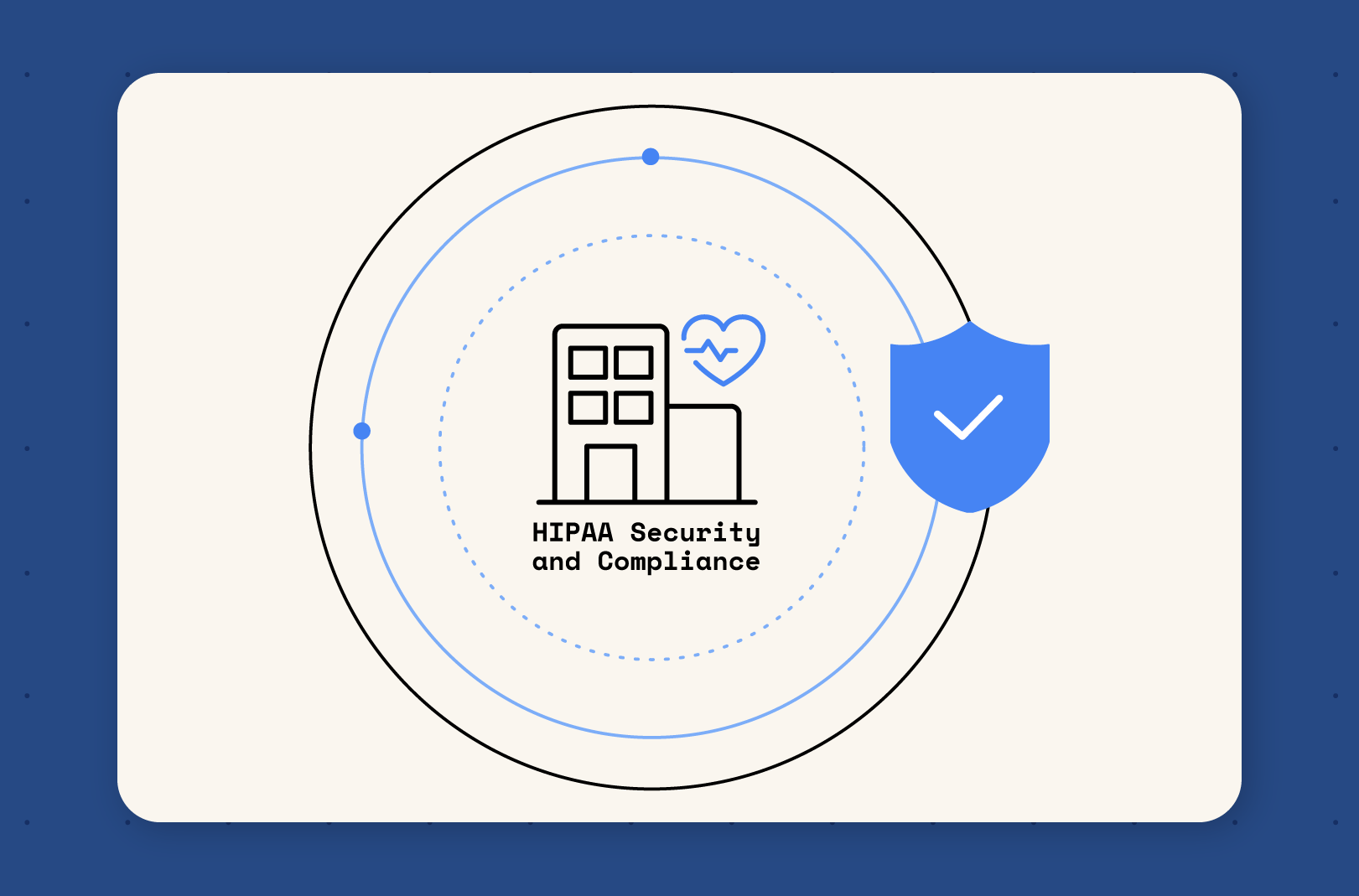
In healthcare, security and compliance are essential to patient trust, operational continuity, and regulatory alignment. The Health Insurance Portability and Accountability Act (HIPAA) sets strict safeguards for protecting electronic protected health information (ePHI), and its requirements are reinforced by NIST.
Containers offer speed, consistency, and scalability, which are critical attributes in healthcare settings where uptime, patient safety, and rapid feature delivery are important.
As healthcare systems adopt more cloud-native technologies and containerized environments, the challenge becomes ensuring that these platforms remain secure, auditable, and compliant without slowing down modern processes.
But HIPAA compliance within containerized environments introduces several persistent challenges:
Typical base images contain hundreds of unnecessary libraries and binaries, increasing potential vulnerabilities. These bloated containers expand the attack surface and make it harder to establish and maintain a secure configuration baseline, as required under HIPAA and NIST.
With software increasingly built from layers of open-source components, it can be hard to verify origin and authenticity. HIPAA mandates safeguards against unauthorized tampering and requires organizations to validate system integrity, yet most container images lack verifiable provenance or transparency into third-party dependencies.
Maintaining up-to-date containers is key to protecting ePHI from exploitation. Yet many organizations rely on manual scanning and rebuilding processes that delay critical patches, undermining HIPAA’s expectations for ongoing risk management.
Auditors expect documentation and clear proof of security safeguards. Unfortunately, many container images don’t follow secure-by-default practices, forcing organizations to implement their own hardening and audit trails.
HIPAA requires organizations to respond swiftly to breaches and recover operations with minimal disruption. Without deterministic, reproducible builds, rollback and recovery efforts can be slow, uncoordinated, or incomplete.
Minimus images are designed to include only essential components. They dramatically reduce the vulnerability surface and provide built-in support for HIPAA’s technical safeguards. Here's how:
Minimus images are built with provenance metadata (SLSA-compliant) and come with SBOMs for full transparency into every component. This helps healthcare organizations verify the origin and integrity of the software, which aligns with HIPAA’s requirement to protect against unauthorized access or tampering.
Minimus images contain only the essential components needed to run the application, which drastically reduces the potential for vulnerabilities. For healthcare environments, this minimizes the risk of exploitation and supports the HIPAA Security Rule’s mandate to protect ePHI against reasonably anticipated threats.
Minimus continuously monitors for vulnerabilities and rebuilds images as soon as a fix becomes available. This ensures that systems handling electronic protected health information remain current and secure, aiding compliance with HIPAA’s standard for ongoing risk management.
All Minimus images come with built-in security defaults (non-root users, no shell access, etc.) and cryptographically verifiable provenance. This auditable approach helps healthcare organizations demonstrate compliance during audits and assessments by providing clear documentation of technical safeguards.
With deterministic builds and tight integration with CI/CD pipelines, Minimus images support rapid rollback and recovery in the event of a breach or security incident. This aligns with HIPAA’s requirements around ensuring system integrity and availability during and after an incident.
Below is a selection of HIPPA objectives and a summary of how Minimus Images help meet them:
HIPAA compliance is much easier with secure-by-default infrastructure, full visibility across the software supply chain, and automation that supports continuous risk management. Minimus delivers on all fronts, helping healthcare organizations innovate and operate more quickly while protecting sensitive data and satisfying regulatory obligations.
Whether you’re modernizing your EHR stack, building patient-facing applications, or hardening infrastructure in preparation for an audit, Minimus offers a compliant foundation for secure container workloads.